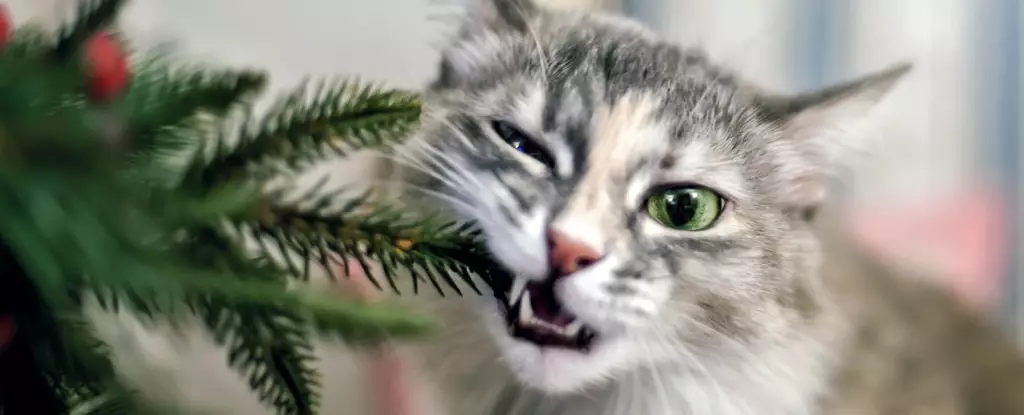In a peculiar turn of events, Belgium’s health authorities recently cautioned residents against the consumption of Christmas trees. This unusual public health advisory arose after the city of Ghent, known for its environmental consciousness, published an article on its website that recommended various methods to recycle the coniferous decorations into culinary delights. Specifically drawing inspiration from Scandinavian practices, the advice suggested that the tree’s needles could potentially be transformed into gourmet butter or used in other recipes. This left many scratching their heads: can Christmas trees truly become a food source?
Belgium’s Federal Agency for Food Chain Security (AFSCA) swiftly intervened, unequivocally stating that Christmas trees should not enter the food chain. The agency expressed significant concerns regarding the safety of consuming these evergreens, primarily because many trees are treated with pesticides to maintain their vibrant appearance throughout the festive season. The danger doesn’t stop there; the presence of flame retardants used on trees to prevent fires poses an equally alarming risk. These chemicals can be harmful, even deadly, if ingested. The AFSCA emphasized that consumers can’t reliably assess the safety of these additives, hence the outright refusal to sanction any culinary experiments involving Christmas trees.
This incident sheds light on the juxtaposition between ecological practices and food safety regulations. While those of Scandinavian heritage might celebrate the use of every part of their Christmas spruce in the kitchen, different cultural contexts require different considerations. For instance, in Nordic countries, it’s more common to integrate elements of nature into everyday cooking, viewing cooking as a means to connect with one’s surroundings. In Belgium, however, the immediate response was rooted in public health and safety—a prudent stance given the potential hazards.
The notion of repurposing what would traditionally be discarded reflects a growing global trend toward sustainability. However, the focus on innovative recycling must not neglect the overarching need for public safety. Ghent’s initial suggestions, while well-intentioned, could have inadvertently encouraged risky behaviors in food preparation. This situation exemplifies the challenges municipalities face when promoting environmental sustainability. Navigating the line between innovative recycling methods and ensuring public health can become quite complex, as demonstrated by the swift editing of Ghent’s article from “Eat your Christmas tree” to a more cautious “Scandinavians eat their Christmas trees.”
Moving forward, it is crucial for governments and environmental agencies to collaborate on creating safe and sustainable practices that prioritize public health without stifling creative recycling initiatives. Educational outreach could also play a significant role in disseminating knowledge about safe food practices while encouraging innovative uses for organic materials, separate from common household decorations. Let the festive season remind us that not everything that gleams should end up on our dinner plates, especially when it comes from our living rooms.

